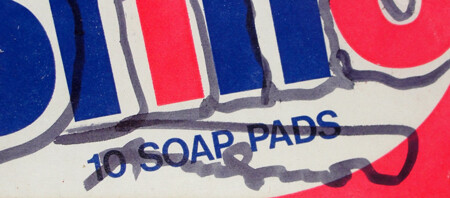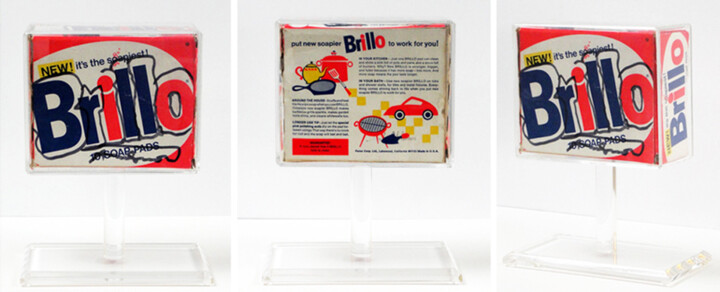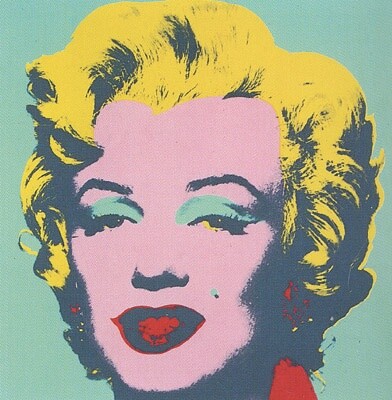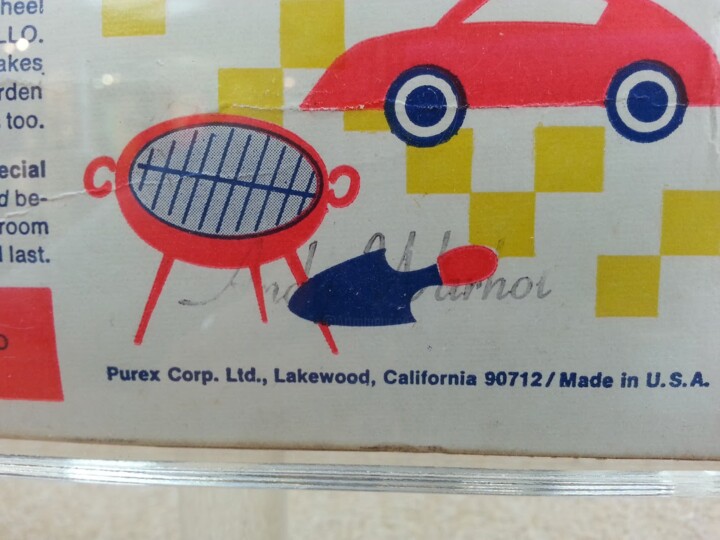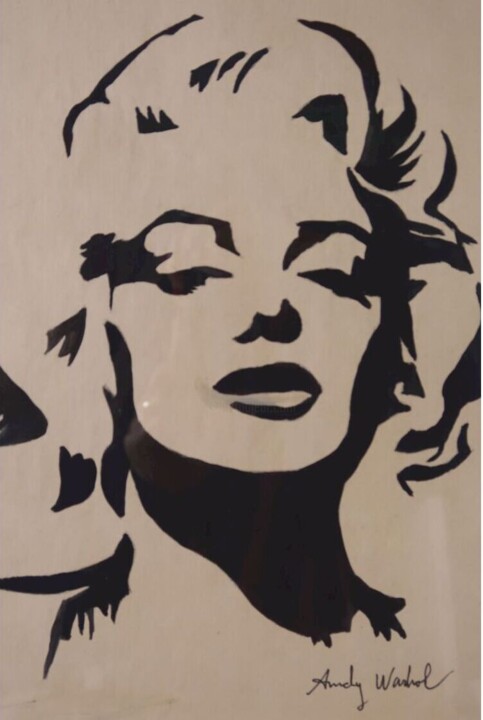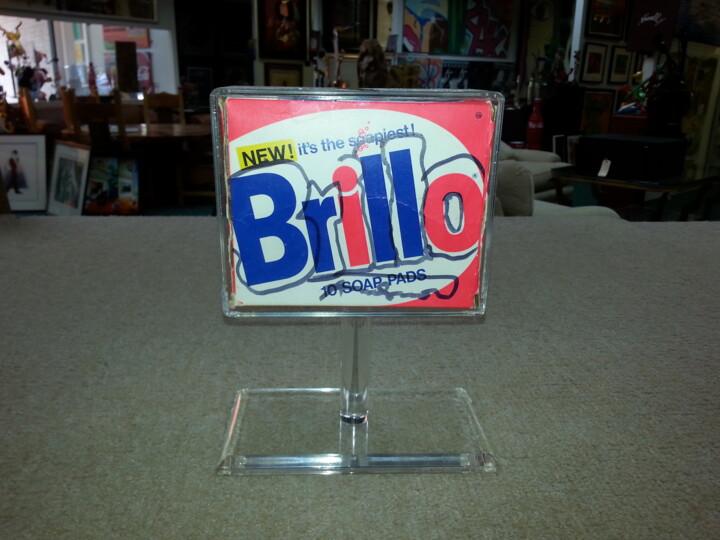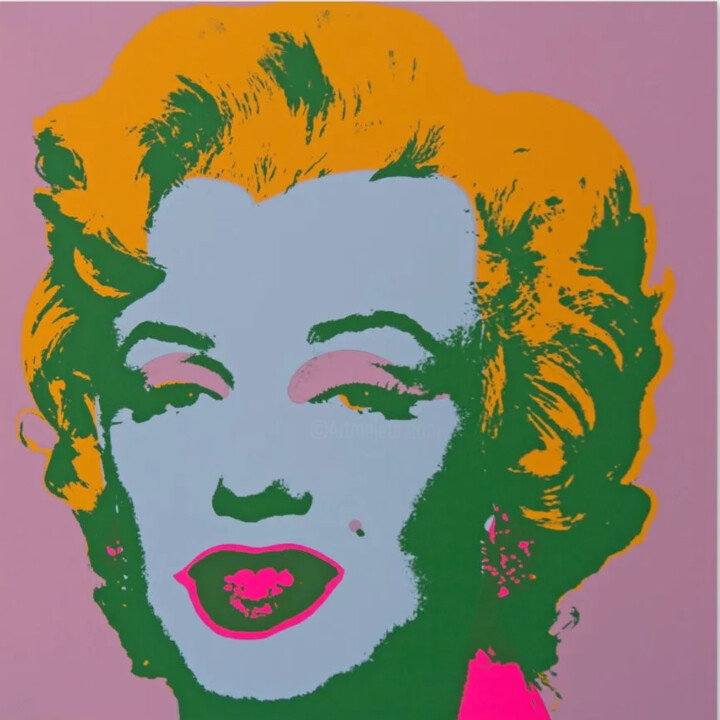
Artist Andy Warhol
Andy Warhol was an American artist who became famous in the 1960s for his unique approach to art and his role in the Pop art movement. Born in Pittsburgh, Pennsylvania in 1928, Warhol started his career as a commercial illustrator in New York City, but soon began to explore new forms of art.
His work often featured images from popular culture, such as soup cans, Coca-Cola bottles, and celebrities like Marilyn Monroe and Elvis Presley. Warhol's art was characterized by his use of bold colors, repetition, and the silkscreen printing technique.
In addition to his art, Warhol was known for his social life and his involvement in the New York City nightlife scene. He famously said that "everyone will be famous for fifteen minutes," a phrase that has become synonymous with the modern concept of celebrity.
Warhol died in 1987 at the age of 58, but his legacy as one of the most influential artists of the 20th century lives on.
8 reasons to invest in Andy Warhol
Warhol Is one of the most influential and celebrated artists of the 20th century.
His works are widely recognized and are part of major art collections around the world.
Warhol's artwork consistently increases in value over time and has set records at auction.
His iconic "Campbell's Soup Can" series is considered a cultural icon and is instantly recognizable.
Warhol's pieces are often referenced in popular culture, which further increases their appeal and value.
Warhol's art represents a moment in American culture, making it historically significant.
His use of bold colors, repetition, and iconic imagery make his artwork visually striking and distinctive.
Warhol's artwork is part of the Pop art movement, which is considered a seminal moment in modern art history.
Andy Warhol's price records
- In November of 2013 Sotheby’s sold Silver Car Crash (Double Disaster) (1963) for $105.4m.
- In October 2008, Warhol’s Eight Elvises painting was sold in a private sale for a price of $100 million.
- In November 2014 Christie's sold riple Elvis [Ferus Type] (1963) for $81.9m.
- In May 2007 Turquoise Marilyn (1964) was purchased by art collector Stephen A. Cohen in a private sale from Stefan Edlis via Larry Gagosian for a price believed to be $80 million.
- In May 2007 Green car Crash (Burning Green Car 1) (1963) was sold at a Christie’s auction in New Yorkfor a price of $71.7m.
- In November of 2014 Four Marlons (1966) was sold by Christie’s for $69.6m.
- Men In Her Life (1962) was sold in 2010 to an anonymous buyer at a New York Phillips de Pury & Co auction for $63.4 million.
- Race Riot (in Four Parts) (1964) was sold by Christie’s in May of 2014 for $62.8m.
- In November 2009 200 One Dollar Bills (1962) was sold at a Sotheby’s auction to an anonymous buyer for $43.8 million.
- Christie’s sold Statue of Liberty (1962) in November of 2012 for 43.8m.
- In the Spring of 2013 Four Marilyns (1962) was bought for $38.245m by a dealer who works for Gagosian Gallery.
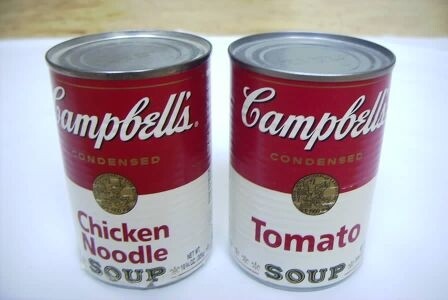
Andy Warhol's Campbell Soups (1962)
Andy Warhol's work is a social critique of the industrial mass-production of supermarket products. He reproduced images of Campbell's soup cans in serial modules, which became a recurring theme in his art. The first Campbell's soup series was created in 1962, consisting of 32 identical paintings of the same size. Each painting is a replica of the original model, with minor variations in one of them. The modules are arranged neatly in a rectangle formation, resembling the display of products in a supermarket. Warhol's serialism inspired later replicas of these works. The painting style used by Andy Warhol involves serializing a form that is repeated several times to create an independent installation. The images are silkscreens that draw inspiration from photographic reproductions of Campbell's soup packaging. Pop art, closely related to New Dada, created icons of American consumerism and mass production. Along with Claes Oldenburg, Jasper Johns, Robert Rauschenberg, and Roy Lichtenstein, Warhol produced monumental images of everyday objects, including supermarket products, which became symbols of American life. In Warhol's installation, the color is used in a functional way to represent the product accurately. Campbell's soup boxes are printed on a white background to emphasize their red packaging, which is a strategic design for creating an iconic image within a small space. The base module has no actual space, as the packaging overlaps with the background to create a two-dimensional iconic representation. Warhol's installations, which feature painted or printed modules repeated several times, utilize a modular composition. When viewed in a gallery or museum, the repetition of identical modules creates a powerful and primitive aesthetic pattern that is still relevant to contemporary audiences. This work becomes a type of contemporary conceptual decoration that uses the ancient mechanism of multiplying the image of an object to evoke industrial food, rather than a hunted object as seen in traditional wall paintings featuring repeated animal drawings.
Campbells’ soup / Chicken’n dumplings by Andy Warhol
Andy Warhol's Chicken 'N Dumplings Soup is a variation on one of his most recognizable subjects. Instead of Campbell's traditional gold seal, the label features a banner with the words "Stout Hearted Soup" held up by two Queen's Guard soldiers. These small figures, which match the label's red background, lend a playful element to the artwork. Chicken 'N Dumplings Soup is a lively and fun work that is a wonderful addition to one of Warhol's most famous collections. The Campbell's brand has been a household name and continues to be recognized as such. Andy Warhol's interest in consumer culture led him to create works evoking the brand's advertisements. He also had a personal connection to the subject, having consumed the soup every day for lunch for more than 20 years. The graphics, of Chicken 'N Dumplings Soup such as the banners and stylized text, break up the uniformity of the soup cans, but Warhol's interest in repetition is still evident through the consistent coloring and identical size of the cans. The first series of soup cans was hand-painted in 1962, but the next subject of Chicken 'N Dumplings Soup switched to silkscreen printing to achieve greater consistency, mimicking real soup cans.
Campbells’ soup / Chicken’n dumplings by Andy Warhol - Edition Sunday B. Morning
The origin of the name "Sunday B. Morning" is shrouded in mystery, with some speculating that it may have derived from "Sunday Belgian Morning." Little is known about the early days of Sunday B. Morning, but it is known that in 1970, after Andy Warhol published his famous "Factory Editions" of Marilyn, Flowers, and Campbell's Soup Cans, he collaborated with two anonymous friends from Belgium on a second series of prints. The collaboration was intended to play on the concept of mass production, which Warhol loved to comment on through his art. The black ink stamp was inspired by the impact of mass production on modern culture, with the idea being that anyone could sign their name on the prints, regardless of their importance. At some point during the collaboration between Warhol and his Belgian friends on the second series of prints, talks began to break down. The reason for this is unclear, but it's possible that Warhol had concerns about how the project might affect the market for his Factory Editions. Despite his change of heart, he had already handed over the photo negatives and color codes needed to produce the prints, and the Belgians had taken them to Belgium to begin printing. They produced 250 editions of Marilyn, Flowers, Campbell's Soup Cans, and Campbell's Soup Cans II, which looked identical to the Factory Editions as they were created using the same tools and methods. Warhol was not happy when the Sunday B. Morning editions were first released in 1970 and tried to stop production, but was unable to as he had already given away the tools. He would occasionally come across a Sunday B. Morning print and sign it "This is not by me. Andy Warhol" in a show of ironic dissatisfaction, but this only increased their demand, especially the ones he signed in defiance. The black ink Sunday B. Morning prints are now rare, and many did not survive over time. The prints were reintroduced in the late 90s and are still published today, with the same print shop in Belgium using the same printing process and photo negatives to maintain their integrity. Other publishers have attempted to reproduce the prints, but none have been able to match the quality of Sunday B. Morning as they do not have access to the same photo negatives used by Warhol. The reason why Warhol never challenged their use of his artwork remains a mystery.
Why invest in the subject of Campbell's Soups?
Over time, Andy Warhol's silkscreen prints, including his soup series, Mao portraits, flowers, and Marilyn screenprints, have been highly valued by both mass culture and the contemporary art world. Leading auction houses such as Sotheby's and Christie's have sold his works for millions of dollars, with Christie's selling Small Torn Campbell's Soup Can for $11.8 million in 2006. Warhol's Campbell Cans are a significant part of Pop Art and contemporary art history, and have been exhibited alongside Campbell can sculptures in his most important exhibitions. They are not only a valuable art investment but also a trendy furnishing accessory for modern homes. The Campbell Soup can is one of Warhol's most recognizable subjects and serves as a symbol of the American lifestyle, which affects all social classes. The repetition mechanism in his works highlights the connection between art and advertising, the mass consumption culture, and the artist's reflection on contemporary American society.
10 reason to invest in a Campbell soup print by Andy Warhol
Andy Warhol is a highly influential artist, and his works are widely recognized and admired.
The Campbell's soup can paintings are iconic examples of Warhol's Pop art style, and are considered important pieces of art history.
Limited edition prints of Warhol's Campbell's soup cans, like those produced by Edition Sunday B. Morning, are rare and highly sought after by collectors.
The prints are an accessible way to own a piece of Warhol's iconic Pop art, without having to pay the high price of an original painting.
Campbell's soup prints are popular among collectors, which means that they are likely to hold their value over time.
Warhol's works have a strong track record in the art market, and have consistently sold for high prices at auctions and galleries.
Investing in art can be a good way to diversify your portfolio, and potentially earn a good return on your investment over time.
Warhol's art has a wide appeal, and is popular with both art enthusiasts and the general public.
The Campbell's soup prints are a classic example of Warhol's art, and are an important part of his legacy.
The prints are aesthetically pleasing and can be displayed in a variety of settings, making them a versatile addition to any collection.

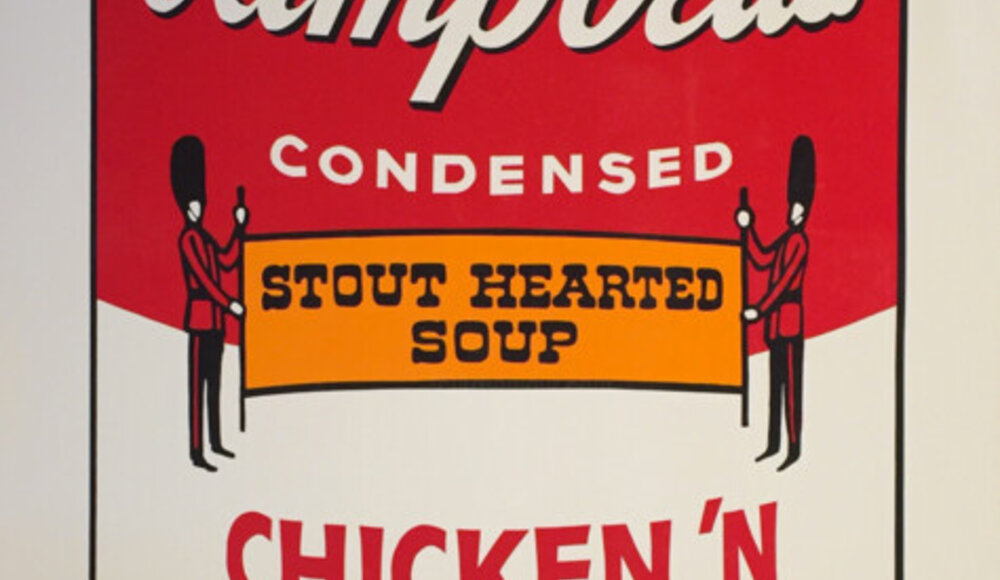

 Olimpia Gaia Martinelli
Olimpia Gaia Martinelli

